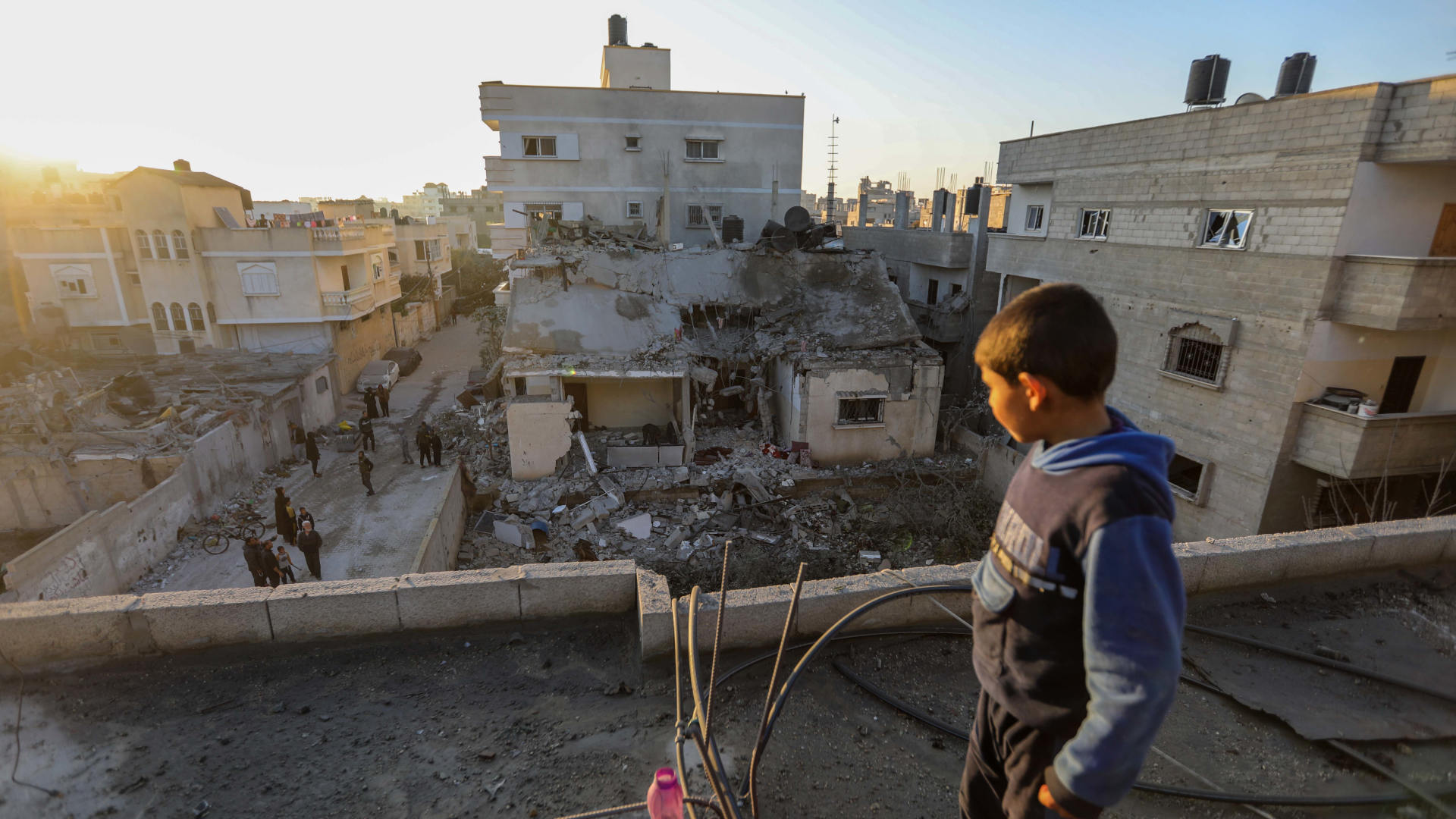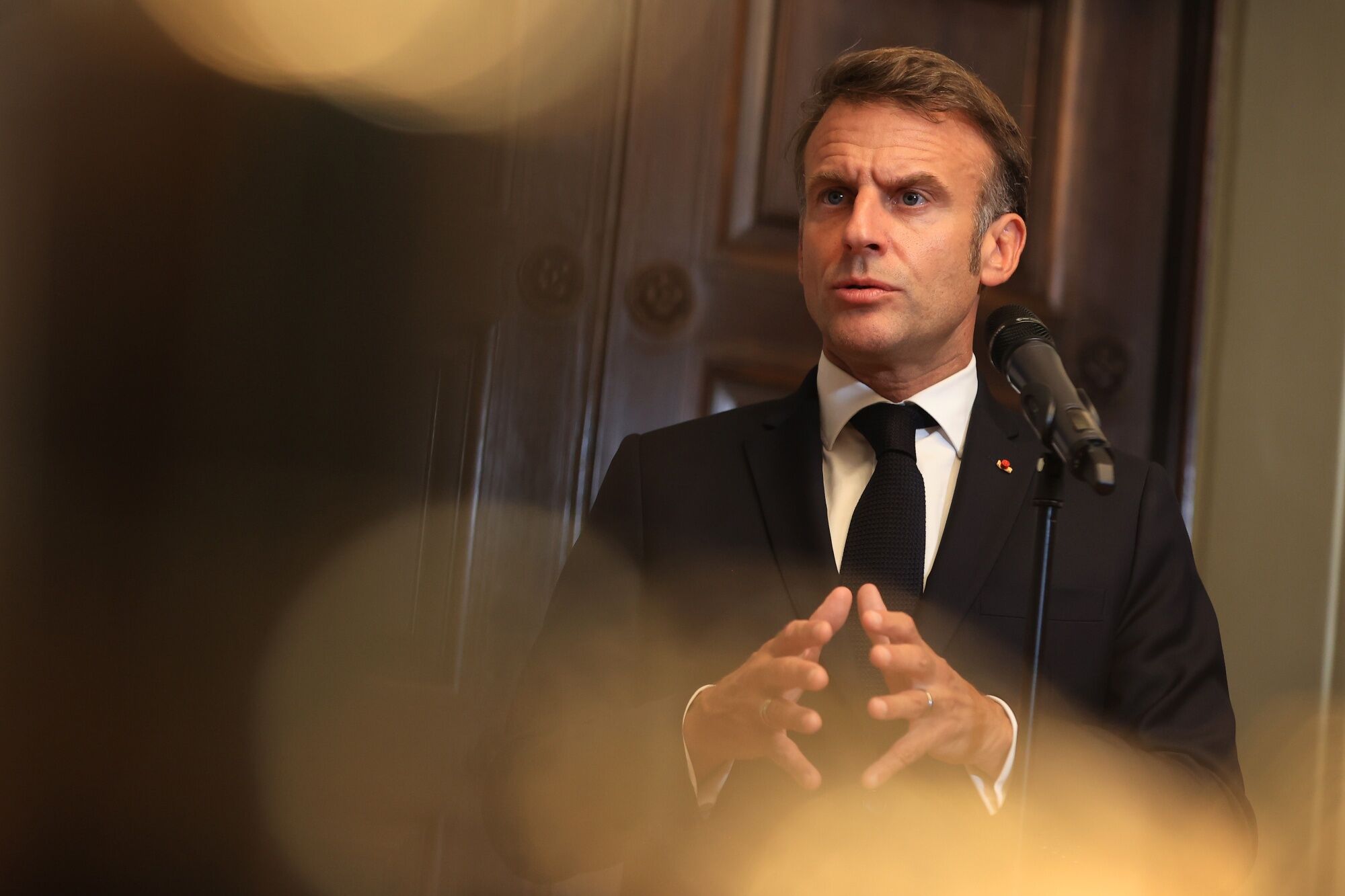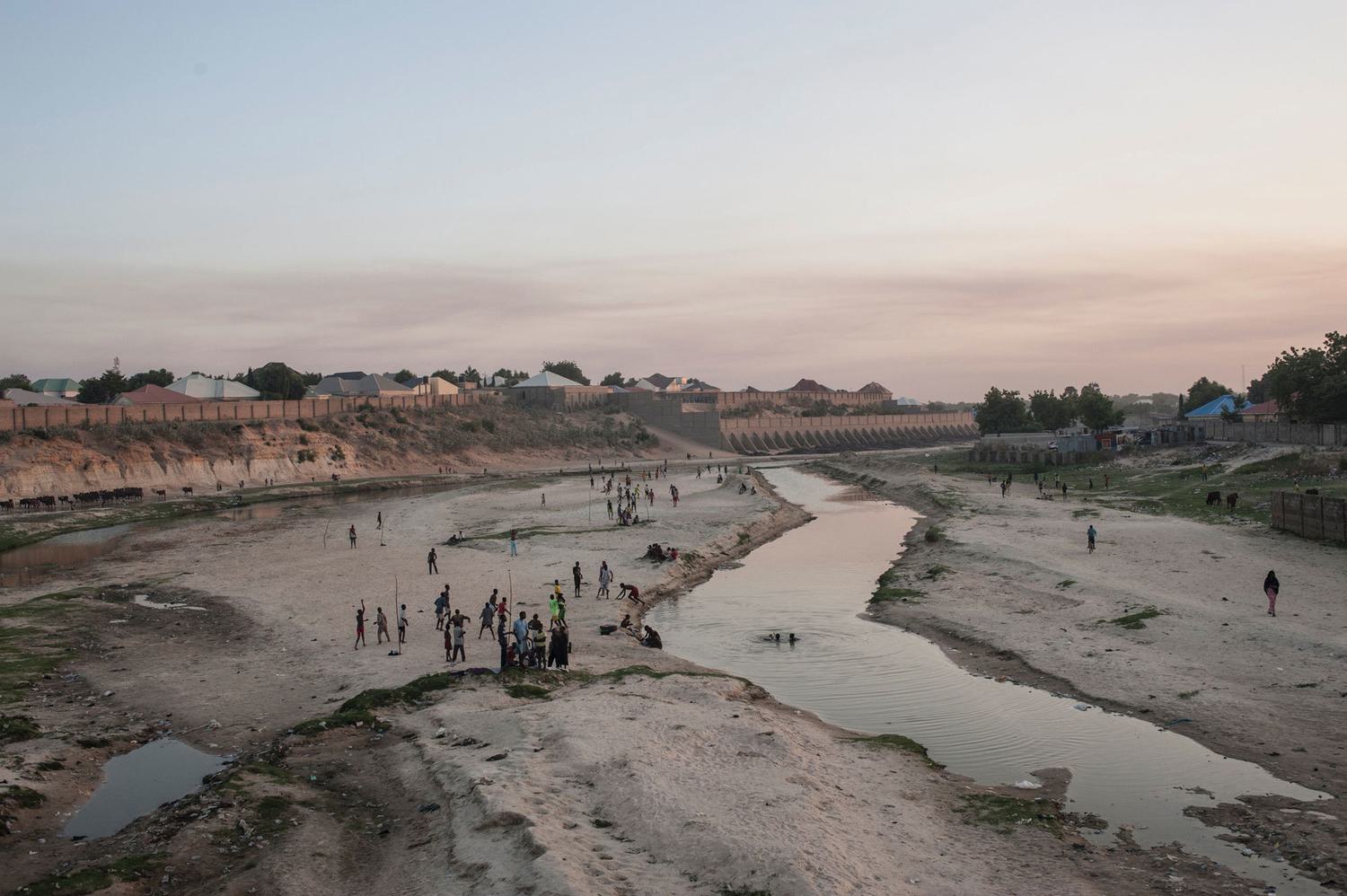Recent satellite pictures have given a clear perspective of the devastation throughout the Gaza Strip, showcasing the serious effects of ongoing conflict on the area’s infrastructure and communities. The photographs display collapsed structures, impaired roadways, and extensive destruction, leaving inhabitants struggling with loss and uncertainty. This information provides an essential viewpoint on the humanitarian crisis and the scale of destruction impacting numerous families.
The scale of destruction revealed from above
Satellite images have long been a crucial tool for assessing the impact of conflict in regions where access on the ground is limited. In Gaza, these images reveal entire neighborhoods reduced to rubble, with homes, schools, and medical facilities severely damaged or destroyed. The high-resolution images provide clear evidence of the physical destruction that has occurred, showing the full scope of the crisis in ways that are difficult to capture through conventional reporting alone.
El perjuicio no se limita a las zonas residenciales. Las carreteras, puentes y demás infraestructura han sufrido daños, obstaculizando la entrega de ayuda y complicando los esfuerzos para proporcionar servicios esenciales a quienes lo necesitan. Los servicios públicos, como los sistemas de electricidad y agua, también han sido afectados, agravando aún más los retos humanitarios que enfrentan las comunidades locales. Estos registros visuales resaltan la enorme dificultad de reconstruir y restaurar la normalidad para la población de Gaza.
Humanitarian consequences of widespread damage
The destruction captured by satellite imagery is not just a visual indicator; it reflects a deep humanitarian crisis. Thousands of families have been displaced, forced to seek shelter in temporary accommodations or with relatives. Access to food, clean water, and medical care is limited, and the psychological impact of the destruction on residents, particularly children, is profound.
Images from satellites as a method for responsibility and rebuilding
Beyond documenting the immediate damage, satellite images play an important role in long-term planning, accountability, and reconstruction. By providing objective visual records, these images can help identify areas most in need of urgent intervention, guide reconstruction efforts, and monitor the progress of rebuilding initiatives over time. They can also serve as evidence in discussions of accountability, allowing organizations and governments to assess the scale of destruction and plan for reparations or international aid allocation.
Rebuilding Gaza will require extensive resources, careful planning, and international collaboration. Satellite data can inform decisions about where to focus reconstruction, what infrastructure requires priority attention, and how to coordinate efforts to restore basic services. The imagery also highlights the resilience of local communities, many of whom continue to live amidst difficult conditions while seeking ways to recover and rebuild their lives.
The destruction shown in the satellite pictures serves as a stark reminder of the continuous conflict’s toll on human lives and the wider political issues in the area. Gaza has consistently endured periods of violence that have caused significant disruptions to daily life, decimated infrastructure, and left populations in precarious conditions. Every conflict results in enduring effects, impacting not just tangible assets but also the societal framework, economic conditions, and the overall peace of the region.
International observers and humanitarian organizations continue to stress the importance of addressing both immediate needs and long-term solutions. Preventing further escalation, providing essential aid, and supporting reconstruction are critical to mitigating the ongoing human suffering. Satellite imagery plays a crucial role in these efforts, offering precise, up-to-date information to guide humanitarian responses and policy decisions.
Recovery and rebuilding efforts
The images taken from satellites of Gaza highlight the pressing requirement for joint humanitarian and rebuilding initiatives. Although the extent of the destruction is overwhelming, these visuals also prompt governments, NGOs, and global organizations to focus on aid, rebuilding, and sustainable growth in the area.
As the process of reconstruction starts, satellite information will persist in offering important insights about which regions need urgent focus and how to distribute resources efficiently. In addition to the physical restoration, it will be crucial to attend to the social, economic, and psychological needs of impacted communities for sustainable recovery. The photographs provide not only a glimpse of the current destruction but also a guide for the efforts necessary to reestablish normality and bolster the strength of the residents in Gaza.
Satellite images have shown the widespread destruction throughout the Gaza Strip, highlighting the gravity of the humanitarian situation and the obstacles to come. Although the devastation is significant, these photos also offer essential insights for organizing rebuilding efforts, distributing assistance, and meeting the immediate requirements of those impacted. The following months will demand ongoing global attention, streamlined recovery measures, and an emphasis on reconstructing both infrastructure and the lives of individuals affected by the strife.




